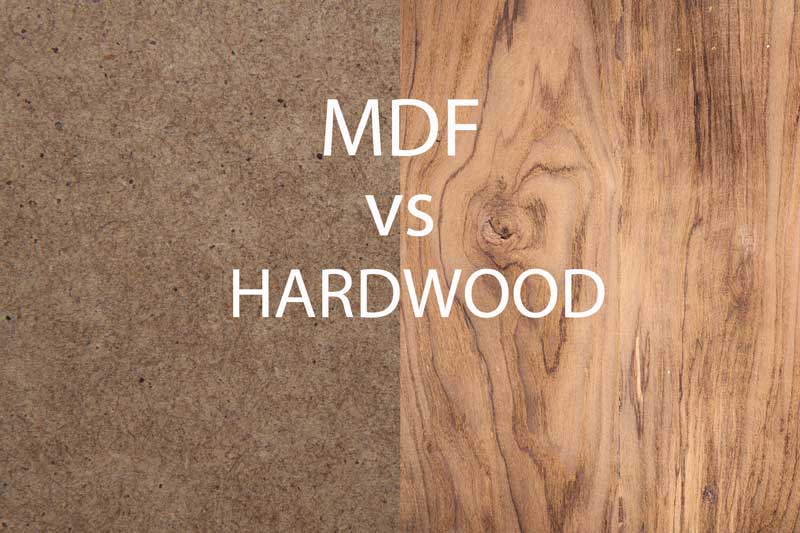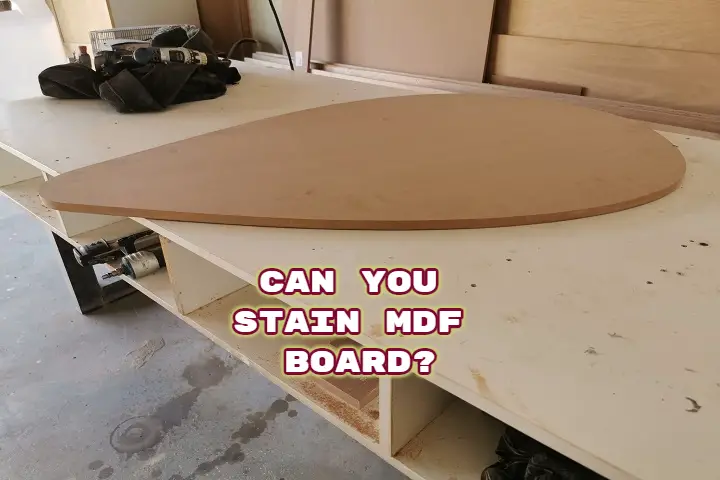Preparing MDF Cabinets for Staining

MDF (Medium-Density Fiberboard) is a popular material for cabinet construction due to its affordability and smooth surface. However, MDF is a porous material that can absorb stain unevenly if not properly prepared. Sanding is crucial for achieving a smooth, even surface that will allow the stain to penetrate uniformly.
Sanding MDF Cabinets
Sanding MDF cabinets is essential for removing imperfections, creating a smooth surface, and preparing the wood for staining. This process helps ensure an even and beautiful finish.
Recommended Sanding Tools and Grits
- Random Orbital Sander: Provides a smooth, consistent finish and is suitable for large areas.
- Palm Sander: Offers more control for sanding in tight spaces and around corners.
- Sandpaper: Choose a range of grits, starting with coarse grits like 80 or 100 for removing imperfections, then progressing to finer grits like 120, 150, and 220 for achieving a smooth finish.
Sanding Techniques for MDF Cabinets
| Sanding Technique | Description | Advantages | Disadvantages |
|---|---|---|---|
| Hand Sanding | Sanding by hand using sandpaper and a sanding block. | Provides greater control over sanding pressure and direction. | Can be time-consuming and labor-intensive, especially for large areas. |
| Power Sanding | Using a power sander, such as a random orbital sander or palm sander. | Faster and more efficient than hand sanding. | May require more skill to avoid sanding through the MDF surface. |
Cleaning MDF Cabinets After Sanding
After sanding, it’s important to thoroughly clean the cabinets to remove sanding dust and debris. This ensures the stain adheres properly and prevents imperfections in the final finish.
- Use a tack cloth or a damp cloth to remove dust and debris from the surface.
- Vacuum the cabinets thoroughly to remove any remaining dust.
- Ensure the cabinets are completely dry before proceeding with staining.
Choosing the Right Stain for MDF Cabinets: How To Stain Mdf Cabinets

The right stain can transform your MDF cabinets, bringing out their beauty and enhancing their look. With various types of stains available, understanding their characteristics is key to achieving the desired finish.
Types of Wood Stains
Stains come in three main types: oil-based, water-based, and gel. Each type has its own unique characteristics, affecting application, drying time, and finish.
- Oil-Based Stains: Known for their deep penetration into the wood, oil-based stains offer rich color and a durable finish. They are slower to dry but allow for more time to blend and correct mistakes. Oil-based stains are also more forgiving when it comes to blotching, as the oil helps to even out the absorption of the stain.
- Water-Based Stains: Water-based stains are eco-friendly and dry quickly, making them a popular choice. They are easier to clean up with soap and water. However, they can be prone to blotching, especially on porous woods like MDF. Water-based stains generally have a lighter finish compared to oil-based stains.
- Gel Stains: Gel stains combine the best of both worlds. They offer the deep color penetration of oil-based stains with the quick drying time and ease of cleanup of water-based stains. Gel stains are also less prone to blotching than water-based stains.
Selecting the Right Stain Color
Choosing the right stain color depends on your desired aesthetic and cabinet style. Consider the overall color scheme of your kitchen or bathroom, the style of your home, and the type of wood you are staining.
- Warm Colors: For a traditional and cozy feel, consider warm colors like cherry, mahogany, or walnut.
- Cool Colors: Cool colors like gray, blue, or green can create a modern and sophisticated look.
- Neutral Colors: Neutral colors like white, black, or brown can provide a clean and timeless look.
Importance of Pre-staining
Pre-staining MDF is crucial to prevent blotching, ensuring an even and consistent color. MDF is a porous material, and without proper preparation, the stain can absorb unevenly, leading to unsightly blotches. Pre-staining creates a barrier, preventing the MDF from absorbing too much stain in certain areas.
Testing the Stain Color
Before applying the stain to the entire surface, it is essential to test the color on a hidden area of the cabinet. This allows you to see how the stain will look on the actual MDF and ensure that you are happy with the color before committing to the entire project.
Staining MDF Cabinets

Staining MDF cabinets is a great way to add a touch of warmth and personality to your kitchen or bathroom. It’s a relatively simple process that can be done by anyone with a little patience and attention to detail. In this section, we’ll guide you through the steps involved in staining MDF cabinets, from preparing the workspace to applying the sealant.
Preparing the Workspace
A well-prepared workspace is essential for a successful staining project. Ensure a clean and well-ventilated area to avoid dust and fumes. Cover your work surface with a drop cloth to protect it from spills and drips.
Applying the Stain
Applying the stain evenly is crucial for achieving a professional-looking finish. Use a quality brush or applicator designed for staining, and follow these steps:
- Apply a thin, even coat of stain to the surface of the cabinet. Work in the direction of the wood grain for a more natural look. Avoid overloading the brush, as this can lead to streaks and uneven coverage.
- Wipe off excess stain with a clean cloth after a few minutes. This helps to prevent the stain from becoming too dark and uneven. The amount of time you allow the stain to sit before wiping will determine the depth of the color.
- Apply additional coats of stain as needed. Allow each coat to dry completely before applying the next. You may need to apply multiple coats to achieve the desired color depth.
Techniques for Achieving Different Staining Effects
- Distressing: This technique creates a worn, antique look. It’s achieved by sanding back areas of the stain to reveal the underlying wood. You can use a sanding block or a wire brush to achieve this effect.
- Antiquing: Antiquing involves applying a darker stain over a lighter stain to create a layered effect. This technique is often used to create a vintage or aged look.
- Color Washes: A color wash is a thin layer of diluted stain that is applied to the surface of the wood. It creates a subtle color variation and can be used to highlight the wood’s natural grain.
Importance of a Quality Brush or Applicator
Using a quality brush or applicator is essential for achieving an even stain application. A good brush will have soft, natural bristles that won’t leave streaks or brush marks. It’s also important to choose a brush that is the right size for the surface you are staining.
Drying and Sealing, How to stain mdf cabinets
Allow the stain to dry completely before applying a sealant or topcoat. This will prevent the sealant from trapping moisture and causing the stain to bleed. A sealant protects the stain from scratches, moisture, and fading, extending the life of your cabinets. Choose a sealant that is compatible with your stain.
How to stain mdf cabinets – Staining MDF cabinets requires a specific approach due to the material’s composition. Priming is essential to create a smooth surface for the stain to adhere to, and using a water-based stain is generally recommended. A popular choice for kitchen cabinets is a gray hue, such as those offered by Behr, behr gray kitchen cabinets are a stylish and versatile option.
Once the stain has dried, a sealant is applied to protect the finish and prevent moisture damage.
Staining MDF cabinets requires careful preparation to ensure a smooth, even finish. The surface must be properly sanded and primed before applying the stain. A good example of a beautifully finished MDF cabinet is the roche bobois bar cabinet , which showcases the potential of MDF when expertly stained.
For best results, use a high-quality stain designed for MDF and follow the manufacturer’s instructions for application and drying times.
